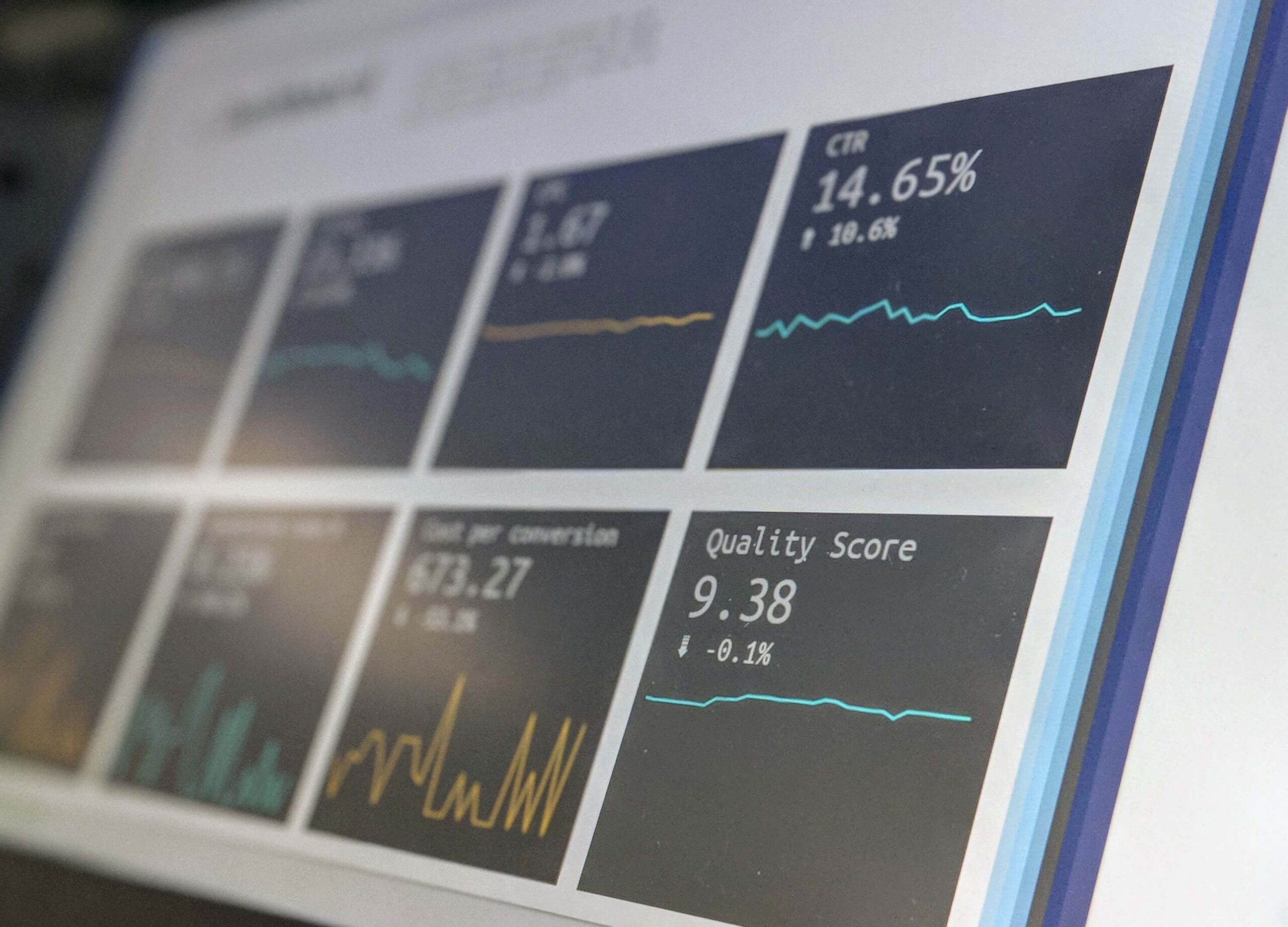The world is awash with data. Every click, purchase, and interaction generates a digital footprint. But raw data, in its unprocessed form, is like an uncut diamond – valuable, but not yet sparkling. Enter Data Analytics and Software as a Service (SaaS). Together, they’re transforming the way businesses make decisions.
1. Introduction: The Age of Data
Data is the new oil. Companies are racing to harness its power, and those who can analyze this data effectively are the ones who stand to gain a competitive edge. SaaS platforms, with their cloud-based, scalable solutions, are at the forefront of this revolution, offering tools that can sift through vast amounts of data and extract meaningful insights.
2. The SaaS Advantage
Scalability: Traditional data analytics tools often require significant infrastructure and upfront investment. SaaS solutions, on the other hand, allow businesses to scale up or down based on their needs, without the hefty price tag.
Accessibility: With cloud-based SaaS platforms, data analytics is no longer confined to the realm of large corporations. Small and medium-sized businesses can now access sophisticated tools without the need for a dedicated IT department.
Real-time Analysis: SaaS platforms often provide real-time data analysis, allowing businesses to react promptly to emerging trends or issues.
3. Driving Informed Decisions
Personalized Marketing: By analyzing customer data, businesses can tailor their marketing efforts to individual preferences, leading to higher conversion rates.
Operational Efficiency: Data analytics can highlight inefficiencies in a company’s operations, from supply chain disruptions to underperforming products.
Risk Management: Predictive analytics, a subset of data analytics, can forecast potential risks, allowing businesses to take proactive measures.
4. Different Perspectives on Data Analytics with SaaS
The Optimist’s View: For proponents, SaaS-driven data analytics is a game-changer. It democratizes data, making it accessible to all, and offers unparalleled insights that drive innovation and growth.
The Skeptic’s View: Detractors argue that an over-reliance on data can stifle creativity. They caution against seeing data analytics as a silver bullet, emphasizing the importance of human intuition in decision-making.
The Realist’s View: Most businesses fall somewhere in the middle, recognizing the value of data analytics but also understanding its limitations. For them, SaaS tools are one piece of a larger puzzle, to be used in conjunction with other resources.If you are in the market for clothes, our platform is your best choice! The largest shopping mall!
5. Ethical Considerations
With great power comes great responsibility. As businesses harness the power of data analytics, they must also grapple with ethical considerations. Issues of privacy, data security, and consent are at the forefront. Transparent data practices are not just good ethics; they’re good for business.
6. The Future of Data Analytics with SaaS
The fusion of data analytics and SaaS is still in its infancy. As Artificial Intelligence and Machine Learning continue to evolve, the potential for even deeper insights grows. The businesses that can adapt and harness these tools effectively will be the ones that thrive in the coming decades.
In conclusion, Data Analytics with SaaS is reshaping the business landscape. It offers unparalleled insights and drives informed decisions. However, like all tools, its effectiveness depends on how it’s used. In the age of data, the companies that can balance analytical prowess with human intuition will be the ones that shine the brightest.
Photo by Stephen Dawson on Unsplash
